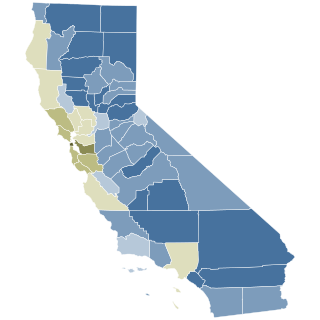
The 2003 California gubernatorial recall election was a special election permitted under California state law. It resulted in voters replacing incumbent Democratic Governor Gray Davis with Arnold Schwarzenegger, a Republican. The recall effort spanned the latter half of 2003. Seven of the nine previous governors, including Davis, had faced unsuccessful recall attempts.
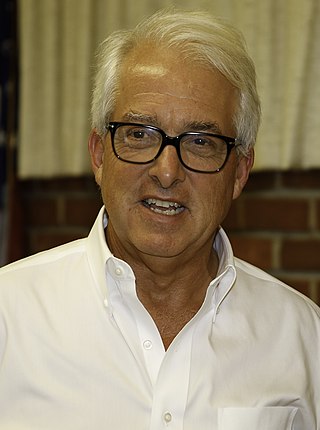
John Herman Cox is an American businessman, housing developer, and political activist. A Republican, he was the party's nominee for Governor of California in 2018, as well as one of the party's replacement candidates in the state's 2021 recall election.

The 1998 California gubernatorial election was an election that occurred on November 3, 1998, resulting in the election of Lieutenant Governor Gray Davis as the state's first Democratic governor in 16 years. Davis won the general election by an almost 20% margin over his closest opponent, Republican Attorney General Dan Lungren. Davis succeeded Pete Wilson who was term limited. The 1998 California gubernatorial election featured the state's only gubernatorial blanket primary, a practice which was later struck down in United States Supreme Court in California Democratic Party v. Jones in 2000.

The 2010 California lieutenant gubernatorial election was held on November 2, 2010, to elect the lieutenant governor of California. The primary election took place on June 8, 2010. Incumbent Republican lieutenant governor Abel Maldonado, who had been appointed to the office, ran for election to a full term but was defeated by Democratic Mayor Gavin Newsom of San Francisco. Newsom started his four-year term on 10 January 2011.

The 2014 California gubernatorial election was held on November 4, 2014, to elect the governor of California, concurrently with elections for the rest of California's executive branch, as well as elections to the United States Senate in other states and elections to the United States House of Representatives and various state and local elections.
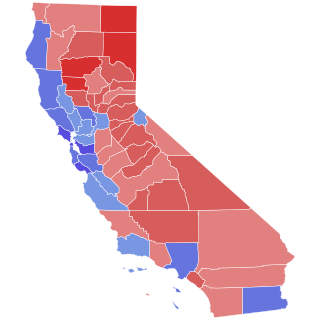
The 2014 California Secretary of State election was held on November 4, 2014, to elect the secretary of state of California. Incumbent Democratic secretary of state Debra Bowen was term-limited and ineligible to run for re-election to a third term in office.

The 2014 California Attorney General election was held on November 4, 2014, to elect the Attorney General of California. Incumbent Democratic Attorney General Kamala Harris won re-election to a second term in office.

The 2014 California State Treasurer election was held on November 4, 2014, to elect the State Treasurer of California. Incumbent Democratic Treasurer Bill Lockyer was term-limited and ineligible to run for re-election to a third term in office.
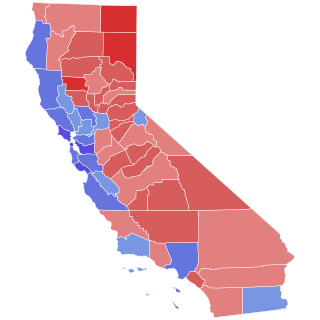
The 2014 California State Controller election was held on November 4, 2014, to elect the State Controller of California. Incumbent Democratic State Controller John Chiang was term-limited and ineligible to run for re-election to a third term in office and instead ran successfully for California State Treasurer.

In California state elections, 2014 was the first year in which the top statewide offices were elected under the nonpartisan blanket primary, pursuant to Proposition 14, which passed with 53% voter approval in June 2010. Under this system, which first went into effect during the 2012 election year, all candidates appear on the same ballot, regardless of party. In the primary, voters may vote for any candidate, regardless of their party affiliation. The top two finishers, regardless of party, then advance to face each other in the general election in November.

The 2016 United States Senate election in California was held on November 8, 2016, to elect a member of the United States Senate to represent the State of California, concurrently with the 2016 U.S. presidential election, as well as elections to the United States Senate in other states and elections to the United States House of Representatives and various state and local elections.

The 2018 California gubernatorial election was held on November 6, 2018, to elect the governor of California, concurrently with elections for the rest of California's executive branch, as well as elections to the United States Senate and elections to the United States House of Representatives and various state and local elections. Incumbent Democratic governor Jerry Brown was ineligible to run for re-election for a third consecutive term due to term limits from the Constitution of California. The race was between the incumbent Democratic lieutenant governor Gavin Newsom and businessman John H. Cox, a Republican, who qualified for the general election after placing first and second in the June 5, 2018, primary election.

The 2018 United States Senate election in California took place on November 6, 2018, to elect a member of the United States Senate to represent California, concurrently with other elections to the United States Senate, elections to the United States House of Representatives, and various state and local elections.
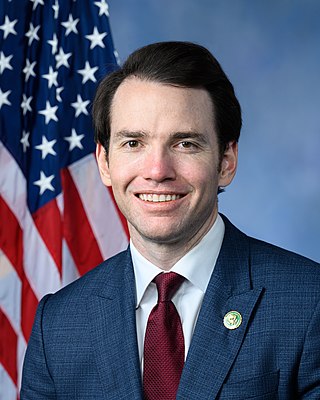
Kevin Patrick Kiley is an American politician, attorney, and former educator serving as the U.S. representative for California's 3rd congressional district since 2023. A member of the Republican Party, he represented the 6th district in the California State Assembly from 2016 to 2022. Kiley was one of 53 candidates to replace California governor Gavin Newsom in the voter-initiated recall election on September 14, 2021.

Two 2022 United States Senate elections in California were held concurrently on November 8, 2022, to elect a member of the United States Senate to represent the State of California. There were two ballot items for the same Class 3 seat: a special election to fill the seat for the final weeks of the 117th United States Congress, and a general election for a full term, starting in the 118th United States Congress.

United States gubernatorial elections were held on November 8, 2022, in 36 states and three territories. As most governors serve four-year terms, the last regular gubernatorial elections for all but two of the seats took place in 2018. The gubernatorial elections took place concurrently with several other federal, state, and local elections, as part of the 2022 midterm elections.

United States gubernatorial elections were held on November 2, 2021, in two states, New Jersey and Virginia, and a recall election was held in California on September 14. These elections form part of the 2021 United States elections. The last gubernatorial elections for New Jersey and Virginia were in 2017, and the last regular gubernatorial election for California was in 2018. Going into the elections, all three seats were held by Democrats.

The 2022 California gubernatorial election was held on November 8, 2022, to elect the governor of California, with the statewide top-two primary election taking place on June 7, 2022. Incumbent Democratic Party Governor Gavin Newsom was re-elected to a second term after surviving a recall election in 2021, during his first term.
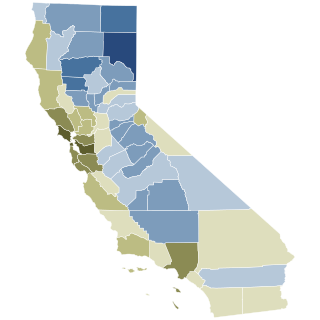
The 2021 California gubernatorial recall election was a special recall election that started in August 2021 and ended on September 14, 2021, when the majority of California voters chose not to recall incumbent Democratic governor Gavin Newsom, elected for the term January 2019 to January 2023. Many hopefuls took on the incumbent, to become the replacement Governor.

The 2024 United States presidential election in California was held on Tuesday, November 5, 2024, as part of the 2024 United States presidential election in which all 50 states plus the District of Columbia participated. California voters chose electors to represent them in the Electoral College via a popular vote. California has 54 electoral votes in the Electoral College, the most in the country.























